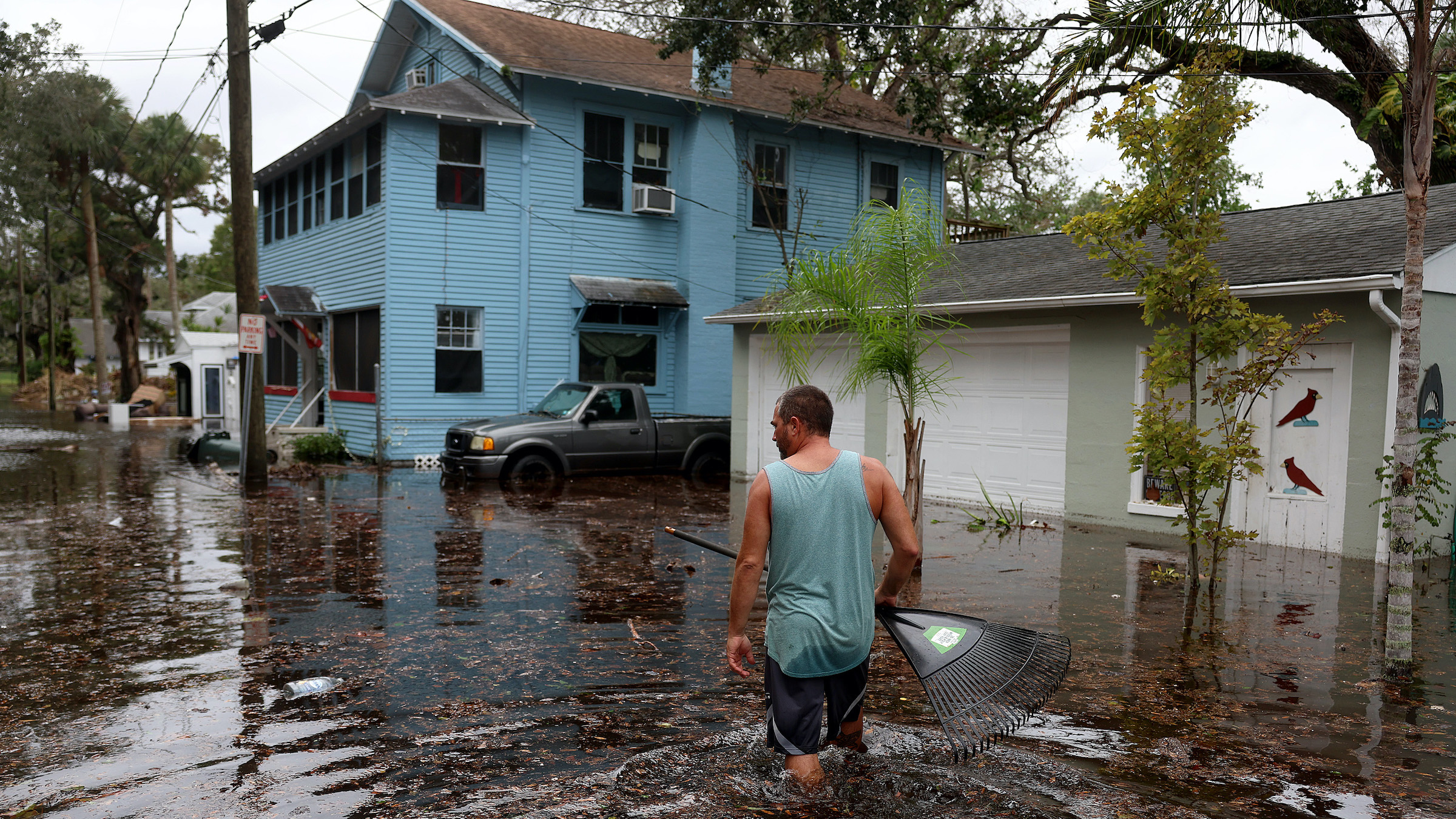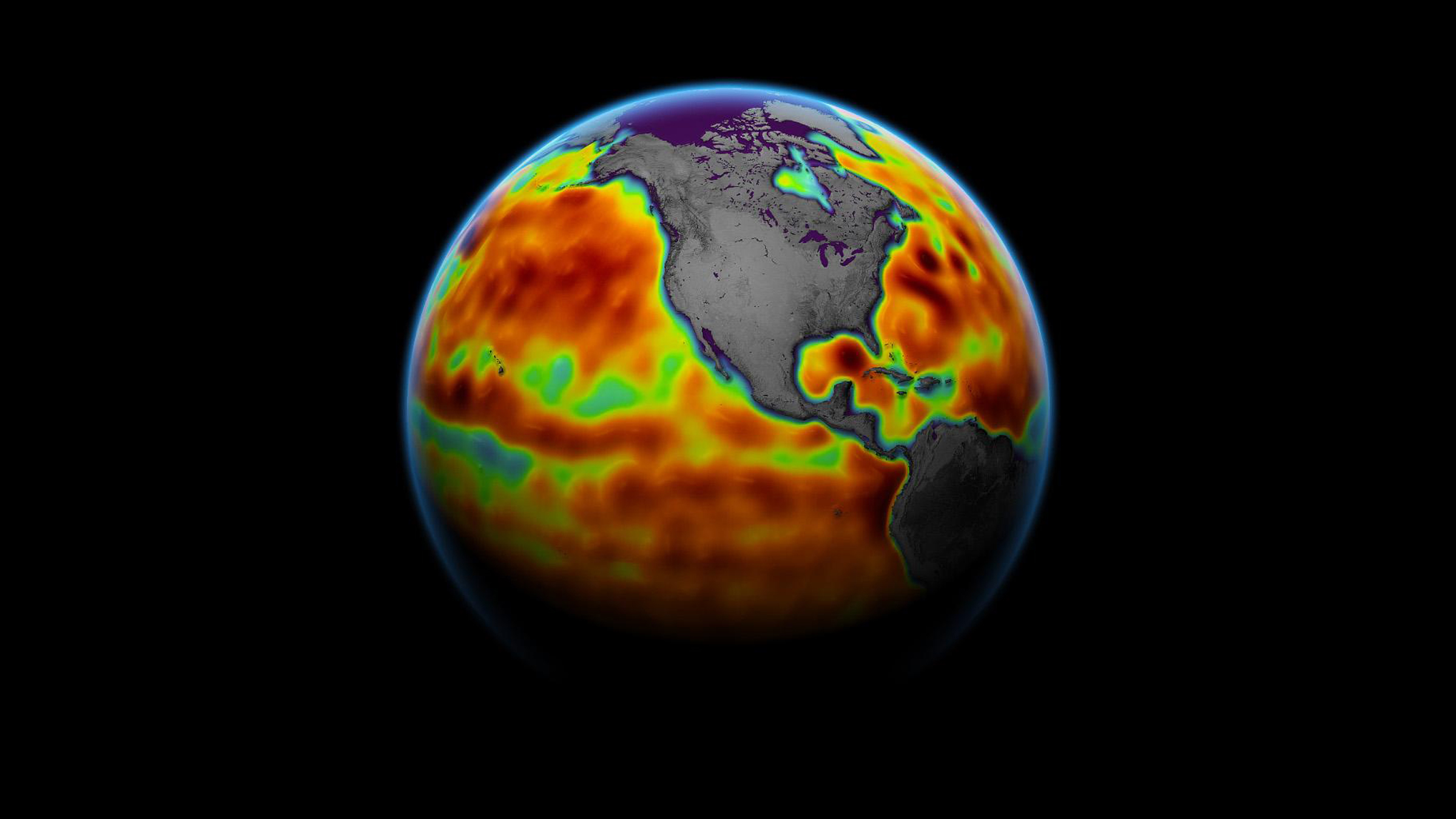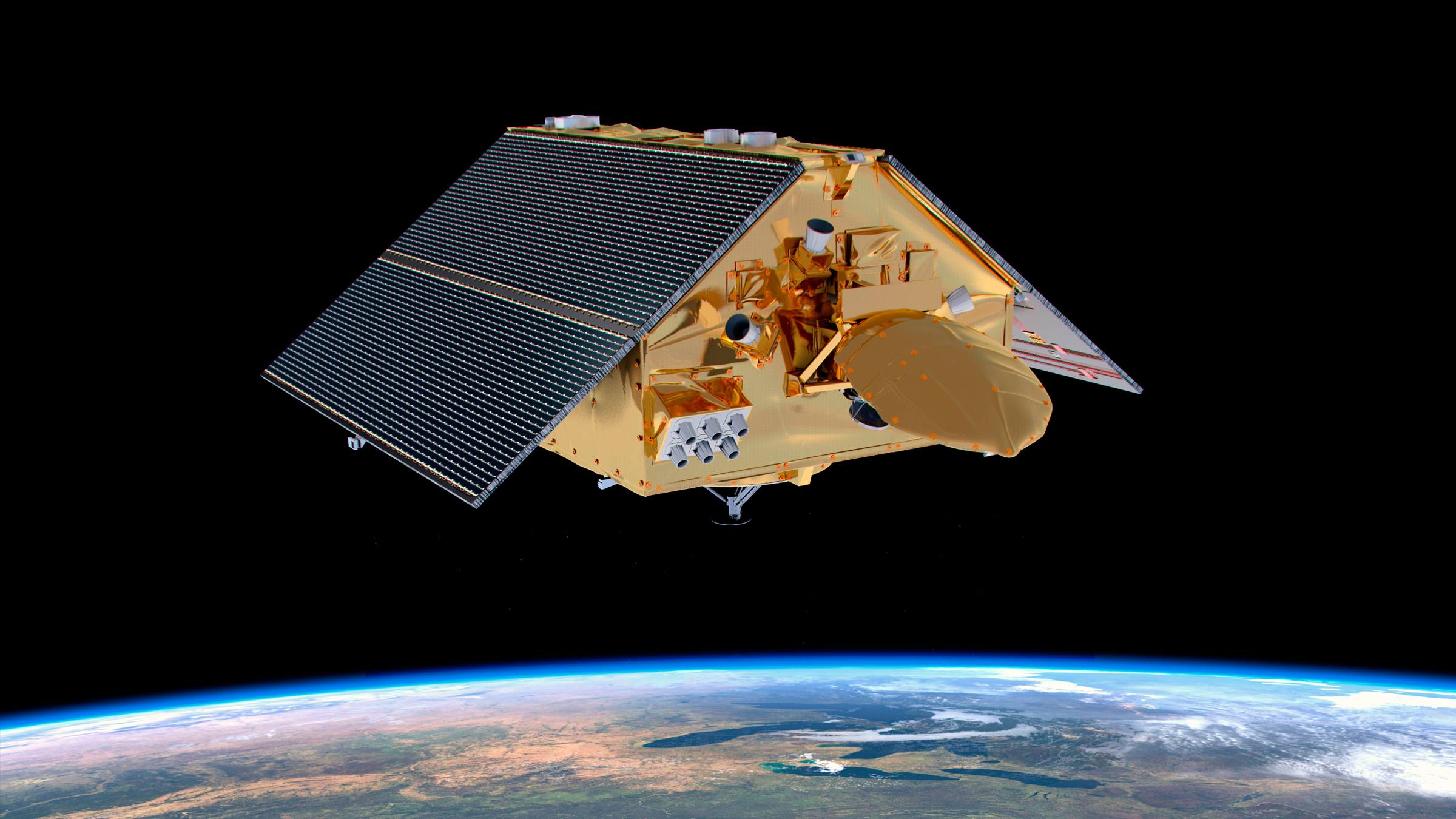Rising sea levels could swamp the US coastline by 2050, NASA predicts
Sea levels are expected to rise around the contiguous U.S. faster than previously thought, a new NASA study finds.

Sea levels are likely rising faster than previously thought, meaning low-lying coastal cities in the U.S. could flood far more regularly in the coming decades, a NASA study has revealed.
According to the study, which analyzed three decades of satellite observations, by 2050, sea levels along the coastlines of the contiguous U.S. could rise as much as 12 inches (30 centimeters) above current waterlines, the research team said in a statement. The Gulf Coast and Southeast are expected to be most severely impacted, and will likely experience increased storm and tidal flooding in the near future, according to the study, published Oct. 6 in the journal Communications Earth & Environment.
The findings support the "higher-range" scenarios laid out in February in the multi-agency Sea Level Rise Technical Report. The report suggested that "significant sea level rise" is liable to hit U.S. coasts within the next 30 years, predicting 10 to 14 inches (25 to 35 cm) of rise on average for the East Coast; 14 to 18 inches (35 to 45 cm) for the Gulf Coast; and 4 to 8 inches (10 to 20 cm) for the West Coast."
NASA's study built on methods used in the earlier multi-agency report, and was headed by a team of researchers and scientists based at the Jet Propulsion Laboratory in California, which is dedicated to both exploring the deepest recesses of space, and also using satellites to "advance understanding" of Earth.
NASA's research harnessed satellite altimeter measurements of sea surface height and then correlated them with National Oceanic and Atmospheric Administration (NOAA) tide gauge records dating back over 100 years. As a result, NASA can confidently state that its satellite readings are not anomalous, and are fully supported by findings on the ground.
Related: Climate summit agrees to 'historic' loss-and-damage fund — but misses warming goals

While the new study's findings are undoubtedly cause for concern, Jonathan Overpeck, an interdisciplinary climate scientist at the University of Michigan who was not involved with the research, suggested that the projections have by no means come out of the blue.
Sign up for the Live Science daily newsletter now
Get the world’s most fascinating discoveries delivered straight to your inbox.
"NASA's findings appear robust and they are not surprising. We know that sea level rise is accelerating and we know why," he told Live Science in an email. "More and more polar ice is melting, and this is on top of the oceans expanding as they warm. Clearly, the sea level rise will get worse as long as we let climate change continue."
This viewpoint is shared by David Holland, a physical climate scientist and professor of mathematics at New York University who was not involved with the study. "The quality of the satellite data is excellent, and so the findings are reliable," Holland told Live Science in an email. "The study shows that the global ocean is rising, and more than that, the rise is accelerating. The projected rise for the Gulf coast of about 1 foot by 2050 is enormous. This can make hurricane-related storm surges even worse than is presently the case."

Other factors may also contribute to rising sea levels along the U.S. coastline. The study indicated that the issues associated with rising sea levels could be "amplified by natural variabilities on Earth," such as the effects of El Niño and La Niña by the mid-2030s, with every U.S. coast set to encounter "more intense high-tide floods due to a wobble in the moon's orbit that occurs every 18.6 years," according to the statement.
The effects of El Niño — the warming of surface temperatures in the Pacific Ocean near South America which can lead to increased rainfall — and La Niña — the cooling of surface ocean waters in the Pacific — can make accurately forecasting sea level rise a challenge, and can potentially skew readings. Ben Hamlington, leader of the NASA Sea Level Change Team, noted that natural events and phenomena will always need to be taken into consideration, and said that all forecasts will inevitably be refined as satellites gather data over time.
Despite the study's bleak findings, some experts are hopeful that impactful, high-profile research such as this will compel decision-makers to focus on addressing the ongoing climate crisis and encourage the public to demand effective measures be introduced.
"It is impossible to ignore. I think this [increased flooding] is catalyzing action, as many coastal communities are discussing these issues and how they respond," said Robert Nicholls, director of the Tyndall Centre for Climate Change Research in the U.K., who was not involved with the study. "We have the means to deal with this challenge in terms of mitigation to stabilize global temperatures and slow — but not completely stop — sea level rise, which, unfortunately, will continue for centuries due to the warming we have already experienced."
Ultimately, humanity will need to adapt as climate change alters our planet's oceans and seas.
"This could involve retreat in some places, raising land in other places, and defenses elsewhere," Nicholls told Live Science. "There is no one solution that will be applicable everywhere. If we follow this path the future is manageable. Equally, if governments and society ignore these issues, the future will be a real mess."

Joe Phelan is a journalist based in London. His work has appeared in VICE, National Geographic, World Soccer and The Blizzard, and has been a guest on Times Radio. He is drawn to the weird, wonderful and under examined, as well as anything related to life in the Arctic Circle. He holds a bachelor's degree in journalism from the University of Chester.










